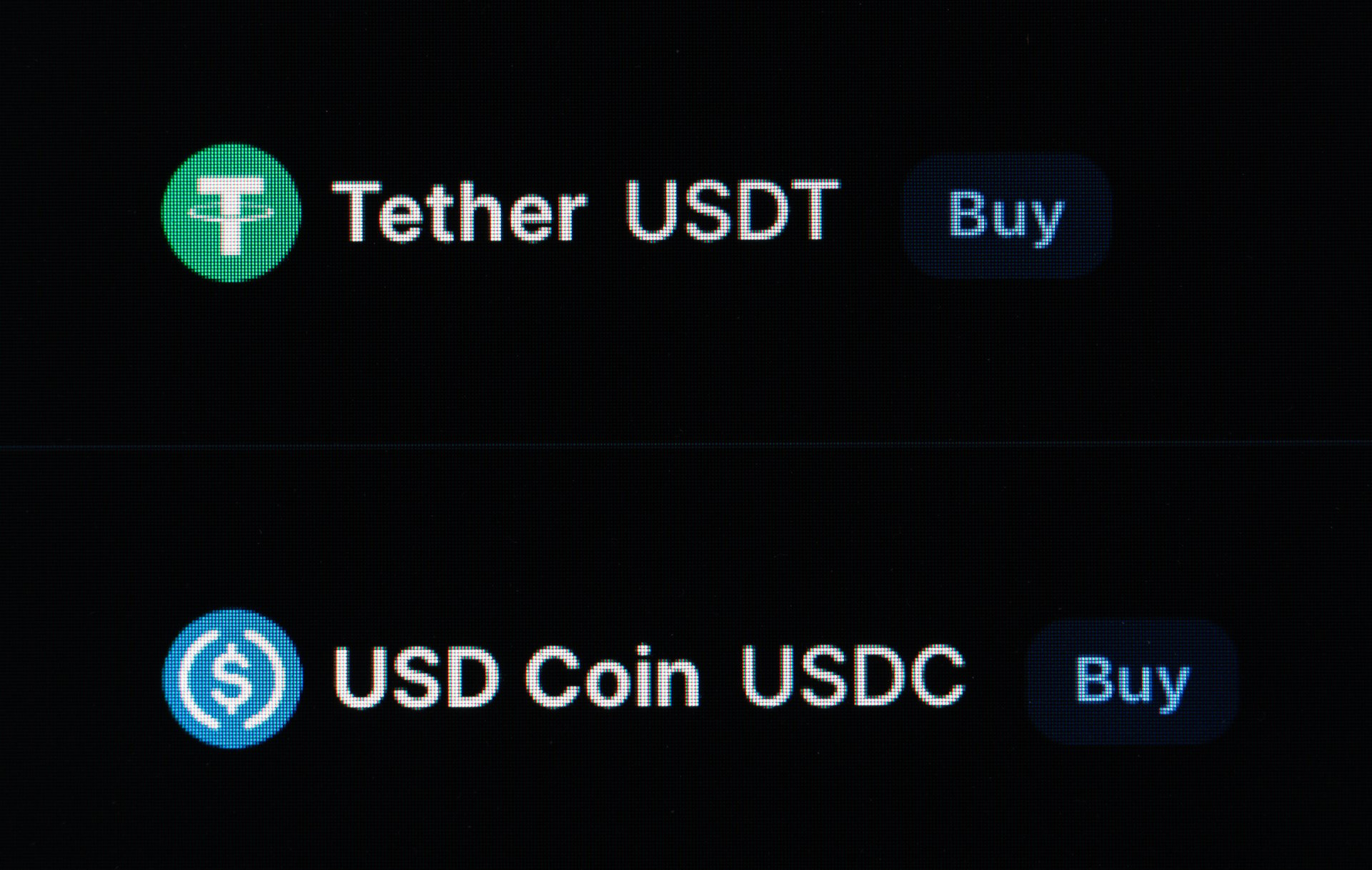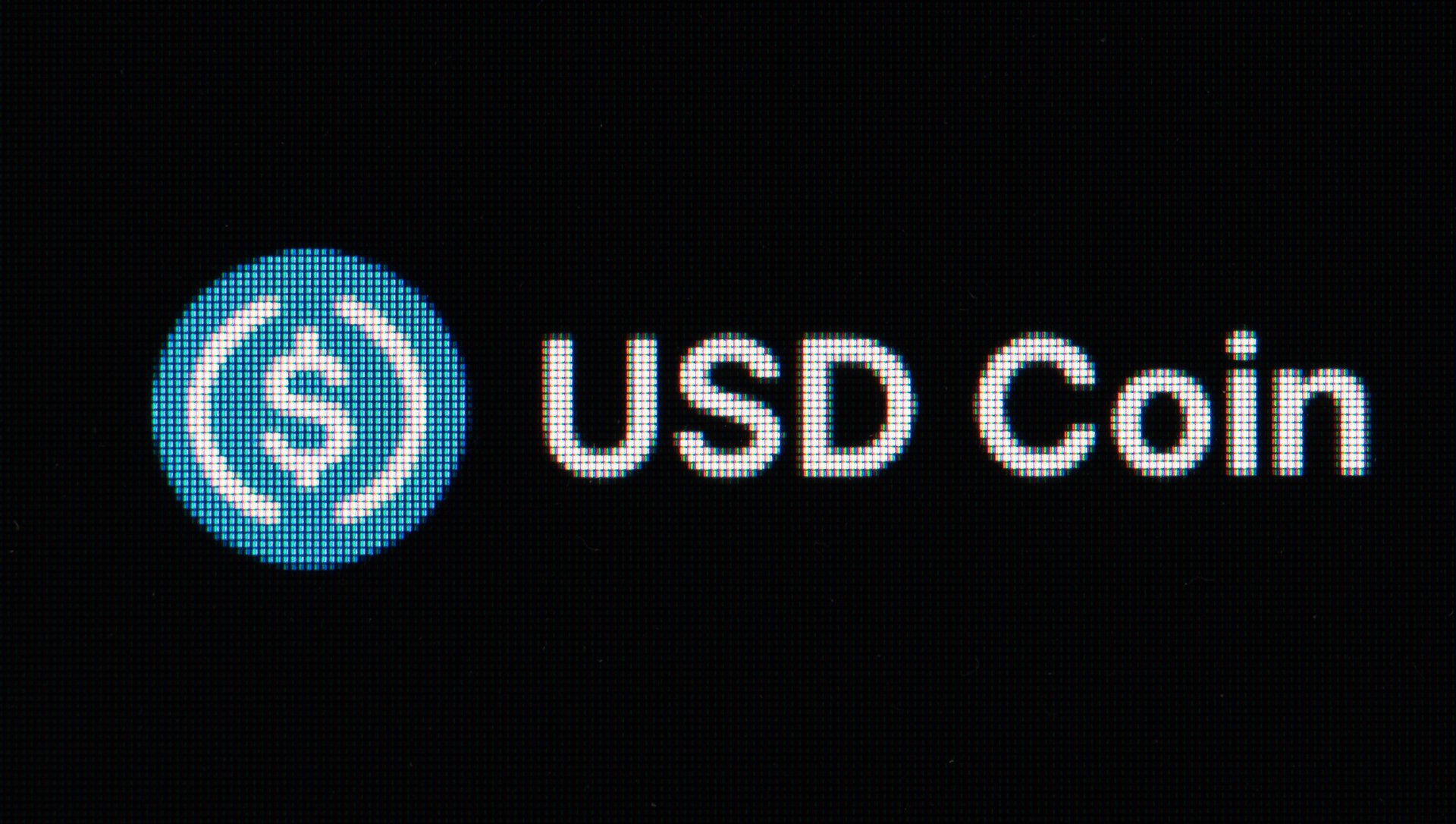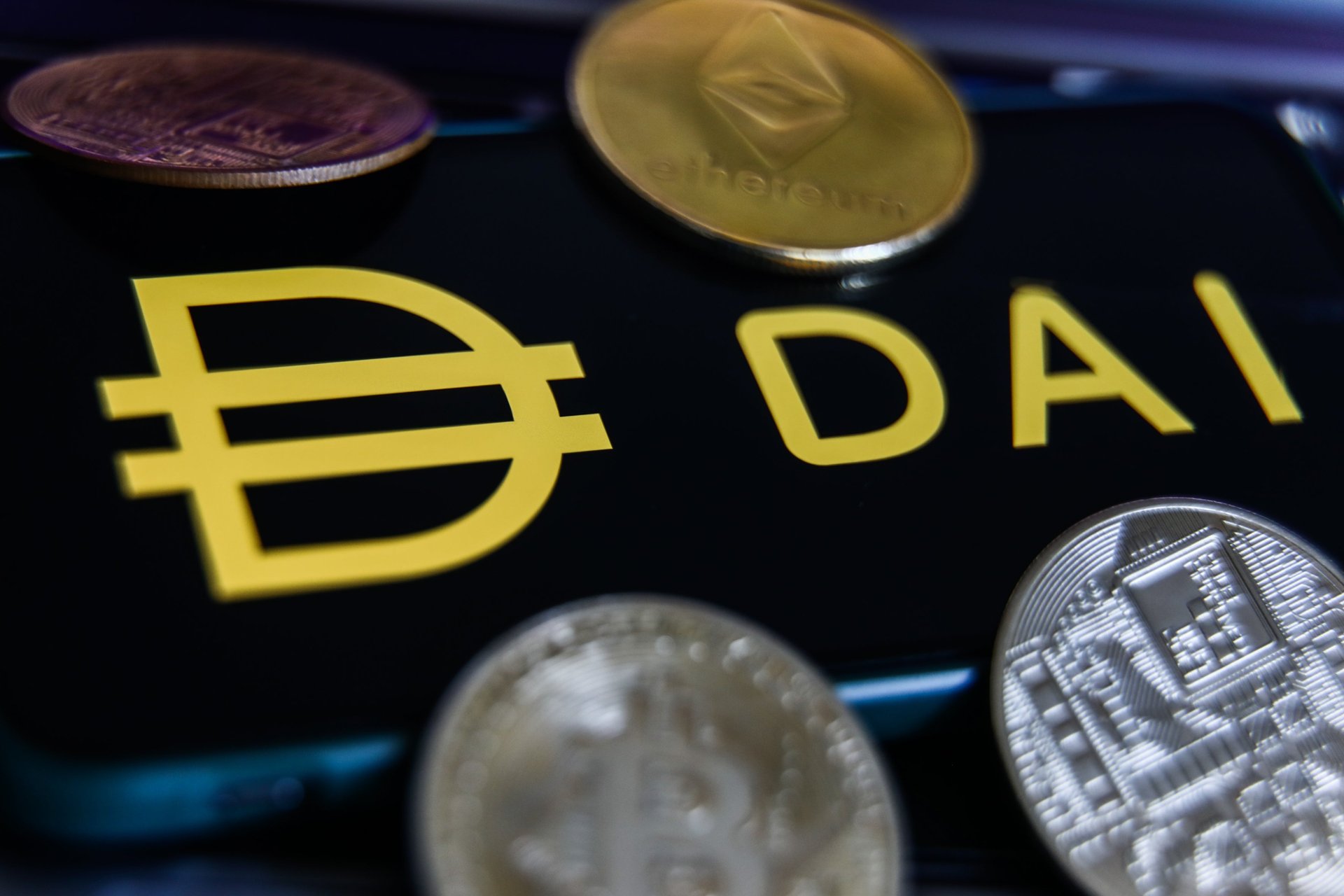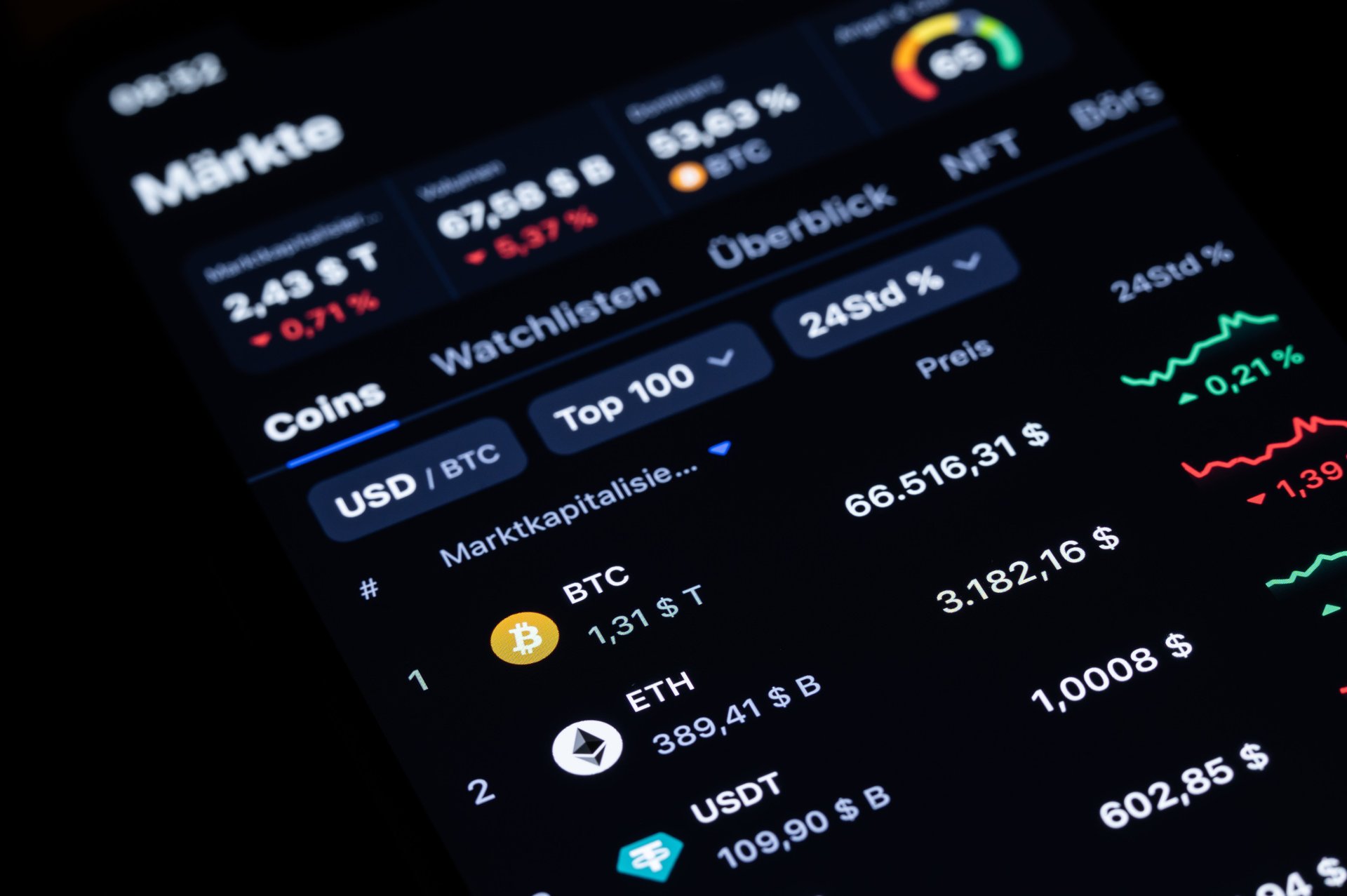The rise of stablecoins: 5 trends to watch
Stablecoins have gained popularity in recent years due to their stability and practical use cases

If you’re familiar with cryptocurrencies, you’ve likely heard of stablecoins. These are a type of cryptocurrencies whose value is pegged to another asset, such as the U.S. dollar, gold, or other financial instruments. Some of the most popular stablecoins include Tether (USDT), USD Coin (USDC), and PayPal USD (PYPL) (PYUSD).
When entering the crypto market, investors typically convert fiat currency like the U.S. dollar into cryptocurrency. The easiest way to do this is to purchase stablecoins pegged to fiat value. A stablecoin acts as a digital dollar for crypto investors and becomes a medium for them to trade Bitcoin and other cryptocurrencies. For example, converting U.S. dollars to crypto often involves buying Tether (USDT).
Stablecoins have emerged as a major trend. Let’s take a look at how they are evolving.
2 / 6
Stablecoins are gaining mass adoption

In its recent annual “State of Crypto” report, venture capital firm Andreessen Horowitz said stablecoins have been gaining widespread adoption due to cost reductions in executing crypto transactions.
Stablecoins offer a level of stability not typically seen in other cryptocurrencies, making them more appealing for everyday transactions and as a store of value. This reliability has driven increased usage across various sectors, from remittances and e-commerce to decentralized finance (DeFi) platforms, further boosting overall activity in the crypto ecosystem.
3 / 6
Stablecoins may gain regulatory support

Under the leadership of Gary Gensler, the Securities and Exchange Commission (SEC) said that stablecoins fall under its jurisdiction and should be registered as securities. The financial watchdog sued many stablecoin issuers, saying they violated laws designed to protect investors.
With Gensler’s resignation on Jan. 20 and the shifting dynamics under Donald Trump’s presidency, there are widespread speculations that stablecoins may receive regulatory support from the SEC and soon be free from legal challenges.
4 / 6
Stablecoin trading volumes are rising

USDT, the largest stablecoin, is the world’s most traded cryptocurrency, often exceeding the combined trading volumes of Bitcoin and Ether. According to Andreessen Horowitz’s report, stablecoins account for a third of crypto user activity. Moreover, Tether accounts for over 50% of the daily trading volume of Bitcoin and up to 70% of some other major cryptocurrencies.
Tether is currently the third-largest cryptocurrency by market capitalization, with a market cap of $139 billion. Circle’s USD Coin is the eighth-largest cryptocurrency with a market cap of $52 billion, according to crypto tracking website CoinMarketCap.
5 / 6
Stablecoins are growing as the payment method

Early crypto exchanges lacked direct access to U.S. dollars or other fiat currencies, making stablecoins essential as fiat equivalents. Their price stability made them the preferred tool for traders on non-fiat exchanges to enter and exit trades.
Payment giants like PayPal and Visa (V) have embraced stablecoins for cross-border payments, as they offer a seamless way to convert fiat into crypto. As a result, stablecoins are becoming a vital part of the global financial system, combining the stability of traditional assets with blockchain technology.
6 / 6
Stablecoins are gaining popularity as a hedge against inflation

Stablecoins are gaining popularity as a hedge against inflation, particularly in regions facing economic instability. By pegging their value to assets like the U.S. dollar, stablecoins help individuals and businesses preserve purchasing power and shield their assets from the volatility of local currencies.
In countries like Argentina, where hyperinflation is a major concern, stablecoins have become a safe haven. They allow people to protect their savings from the devaluation of the Argentine peso (ARS). Argentina leads Latin America in crypto adoption, surpassing Brazil in crypto inflows despite Brazil’s larger economy. Over the past two years, stablecoin usage in Argentina has surged, now making up 62% of all crypto transactions.